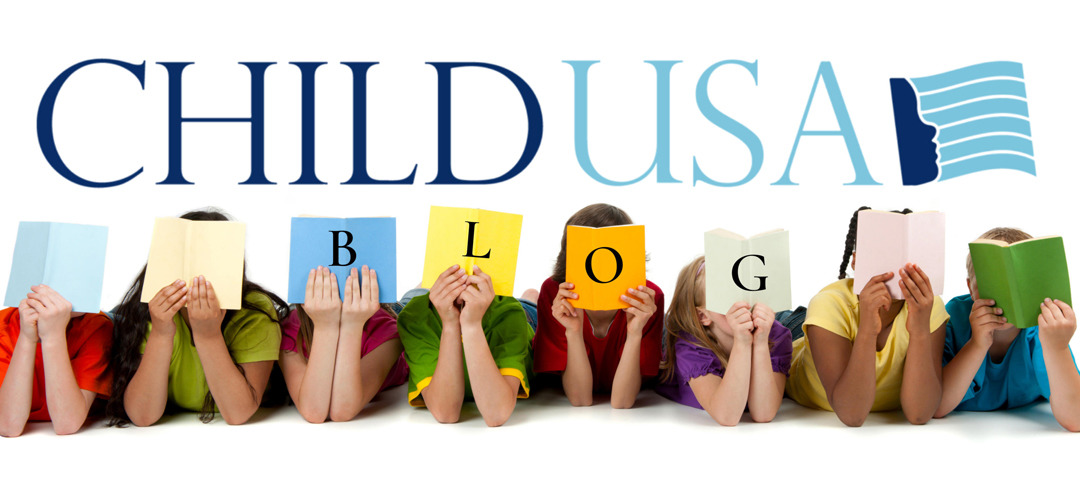Why I Started CHILD USA by Marci Hamilton
CHILD USA was born in academic curiosity and the pain of children sexually abused. I was brought into the clergy sex abuse cases twenty years ago after the first window to justice was opened in California. At the time, I held the Paul R. Verkuil Chair in Public Law at Cardozo Law School, where I specialized in religions that violate the law.
The California Catholic bishops responded to the window by claiming a slew of First Amendment and religious liberty theories to shield them from disclosing their secrets about abusive priests. They concocted “rights” to a “formation privilege,” which would have meant that conversations between priests and their bishops were shielded from the courts. They argued that they believed that forgiveness was essential to their faith and therefore the government could not second-guess their approach to clergy sex abuse. Last but not least, they insisted on a right to “church autonomy,” which meant they were immune from lawsuits, discovery, and disclosure. That one spurred me to write one law review article after another to make the case that the rule of law needs to apply to religious believers and institutions when they harm others. Autonomy from the law is an open door to harm others at will.
As I and others argued the First Amendment issues in court and won, I learned that the victims needed this statute of limitations (“SOL”) window, because the SOLs had blocked them from court. I saw cases involving families where some of the victims had been able to sue for their damages and others were blocked—just because of their age. Most important, I saw that there was a massive trove of information the public needed to protect children that was being held hostage in the Church’s “secret archives.” The reason they could hold this information so close to the vestment were the SOLs that had expired before victims were ready to come forward. This made no sense to me.
So I wrote Justice Denied: What American Must Do to Protect Its Children, to explain to the public what I considered a no-brainer public policy argument: eliminate the child sex abuse SOLs in every state and at the federal level so the truth would come out and victims would be validated. I naively believed that if I just wrote the book, everyone would get it and I could return to being a First Amendment scholar. When the bishops’ attorney Martin Nussbaum wrote an ad hominem review of Justice Denied entitled “Marciworld,” I knew I had hit a nerve. It was a war for children and I couldn’t turn my back on it.
I also started to track the SOLs across the country with a team of research assistants and will be forever grateful to Cardozo Law for its willingness to support this important research. We started a website that tracked SOL reform activity across the country—www.sol-reform.com–to get the information to the public. For those who used to visit the site, it’s all now on the CHILD USA site and so much more!
When University of Pennsylvania Prof. John DiIulio asked me to come to Penn as one of its first “Professors of Practice,” I jumped at the opportunity, because my career was at a fork in the road. I was already using 5-6 Research Assistants to run the increasingly detailed sol-reform.com site and to help draft testimony in many states. I felt compelled to do more and more, but as a law professor, I really couldn’t do it all. The Professor of Practice honor allows me to continue teaching, which I love, and to be a part of the extraordinary Penn community while I can focus on building CHILD USA. And, boy, has CHILD USA grown! With an extraordinary team of professionals, from legal to social science to teachers and more, it has eclipsed anything I even dreamed of when I chose to come to Penn.
This year, we joined the Brave Movement on the Global Task Force. That’s right, SOL reform may have started as a law professor’s research website but the CHILD USA team has led us to the global movement! But we also don’t limit ourselves to SOL issues – we are at work on building the civil rights movement for children. We believe in rights to safety and justice; rights to health; and rights to education. It’s all about bringing the child to the policymaking table and treating them as a person.

